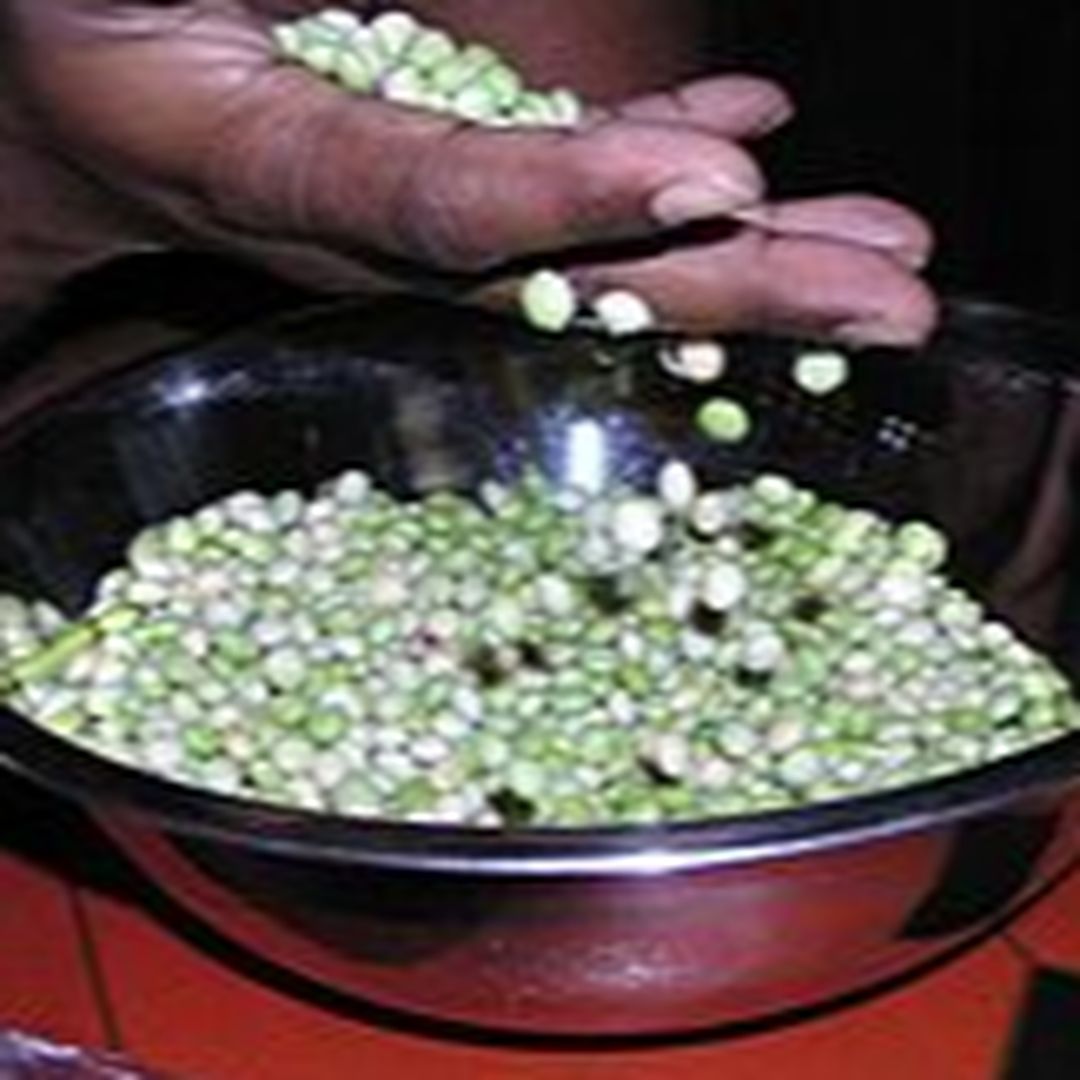Pigeon peas
Easy Peasy
1938 On this day, The Miami News published an article with the title "Tropical Peas Will Mitigate Relief Wants."
The article begins this way,
"If English peas don't suit your palate, plant pigeon peas. The suggestion is that of a Miami pioneer, Charles F. Sulzner, who through the years has pointed out to newcomers the advantages of growing tropical fruits and vegetables, often of a type requiring no painstaking cultivation...
Pigeon peas, as Sulzner demonstrated in his spacious grounds, ...grow on trees, and may be had by the simple process of picking."
Pigeon peas make a lovely and distinct addition to the edible garden.
The cultivation of the pigeon pea (Cajanus cajan), can be traced back more than 3,500 years. Other common names include Congo pea, Angola pea, and red gram. In Barbados, pigeon pea was used to feed pigeons.
Gardeners who love growing peas in the spring may thoroughly enjoy growing pigeon pea in the summer. It's a hardy perennial that can produce multiple harvests during the season.
The sweet, fresh green peas are technically beans. They can be eaten raw when green or dried. The dried beans need to be soaked before boiling.
Pigeon peas have a nutty taste and crisp texture. The entire pod may be eaten.
As a bonus, the yellow-red flowers attract flocks of hummingbirds, and the plants are also nitrogen-fixers and enrich the soil.
This post was featured onThe Daily Gardener podcast:
helping gardeners find their roots,
one story at a time






